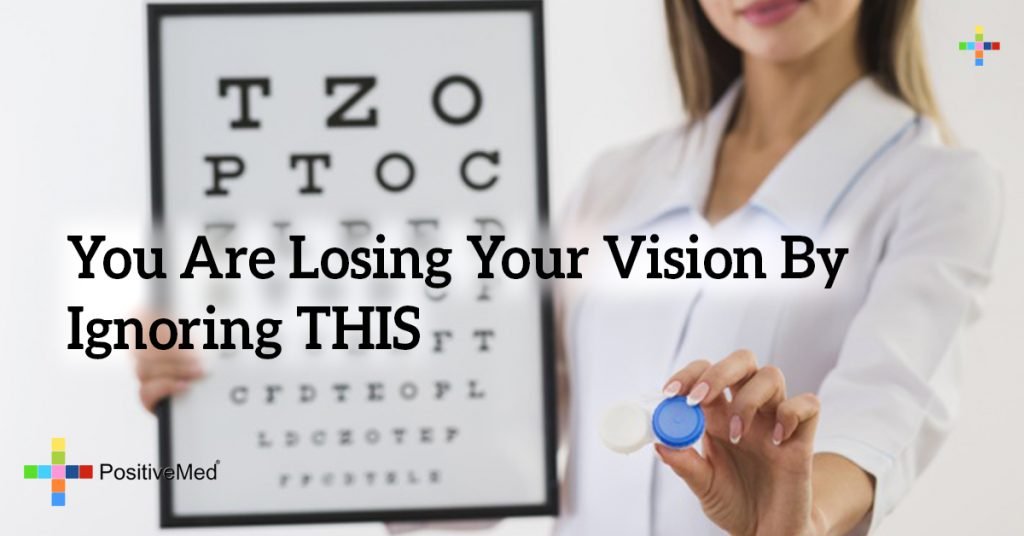
You Are Losing Your Vision By Ignoring THIS
SPANISH TRANSLATION: USTED ESTÁ PERDIENDO SU VISIÓN POR IGNORAR ESTO
Eye health is important to daily life. If you lost your vision, everything would change. Keeping routine eye exams needs to be a priority. Between visits, though, there are some symptoms that you do not need to overlook. Following is a list of symptoms for which you need to seek care.
Redness
Occasional redness due to allergies or tiredness is common. Redness of the eyes that is persistent and accompanied by pain, swelling, soreness, or severe itching could indicate a more serious problem. Some possibilities are a scratch on the cornea, pink eye, or keratitis, or inflammation of the cornea.
Watery Eyes
While eyes can water during windy or cold weather, or due to colds and allergies, excessive and constant watering is not normal. This could indicate infections in the eyelash or eyelid area, blockage of the tear ducts, pink eye, corneal abrasions, or even an ulcer on the cornea.
Styes
WebMD describes a stye as “a small, painful lump on the inside or outside of the eyelid” which is caused by bacteria. While most styes can easily be treated, a stubborn stye can lead to spreading infection and could scar the eyelid, the formation of cysts, or a generalized infection of the eye.
Floaters
Most people have floaters in their eyes. These are small spots that seem to travel across the field of vision. When floaters increase suddenly or are accompanied by flashes of light or vision loss, an eye exam is needed. This could indicate a tear in the retina, retinal detachment, or even an eye hemorrhage brought on by infection or injury.
Drooping eyelid
While some drooping of the eyelid may come with age, it could also indicate diabetes, stroke, or even a brain tumor. If your eyelid begins to droop all of a sudden, you need to see an eye professional as soon as possible.
RELATED ARTICLE: 10 Signs You Should Have an Eye Exam
Foreign Object
If you get something in your eye and cannot remove it with irrigation, it could be embedded. This could lead to infection. Also, if do remove an object, but you continue to have the abnormal vision, pain, redness, or the feeling that it is still there, get medical help.
Bleeding
If you have slight bleeding, the body will likely heal itself. If your bleeding followed a head injury, definitely see your doctor. This could indicate bleeding in the cranium.
Dry Eyes
Eyes become dry with age, can be a side effect of medications or a result of colds or allergies. More serious causes are diseases, eye structure problems, and chronic dry eye. WebMD states, “If you have dry eye syndrome, your eyes do not produce enough tears or you are unable to maintain a normal layer of tears to coat your eyes. As a result, your eyes cannot eliminate dust and other irritants, which can lead to stinging, burning, pain, and/or redness in your eye.”
Discharge
Some discharge is common. If the quantity, color, or consistency changes, it could indicate that you have an eye infection, pink eye, or even Lyme disease.
RELATED ARTICLE: 3 Natural Remedies For Eye Irritation
Cataracts
Early cataracts can simply be a nuisance. As they continue to grow and develop, vision becomes cloudy, blurry, or foggy. Driving at night can become hazardous because of increased glare from oncoming headlights. Surgical intervention is needed when cataracts hinder your safety and vision.
Adults should see their eye care practioner every two to three years. At the age of 65, the frequency should increase to once per year. In between visits, the above-mentioned symptoms do not need to be ignored. Taking care of your vision is an important part of taking care of you general health and way of life.







